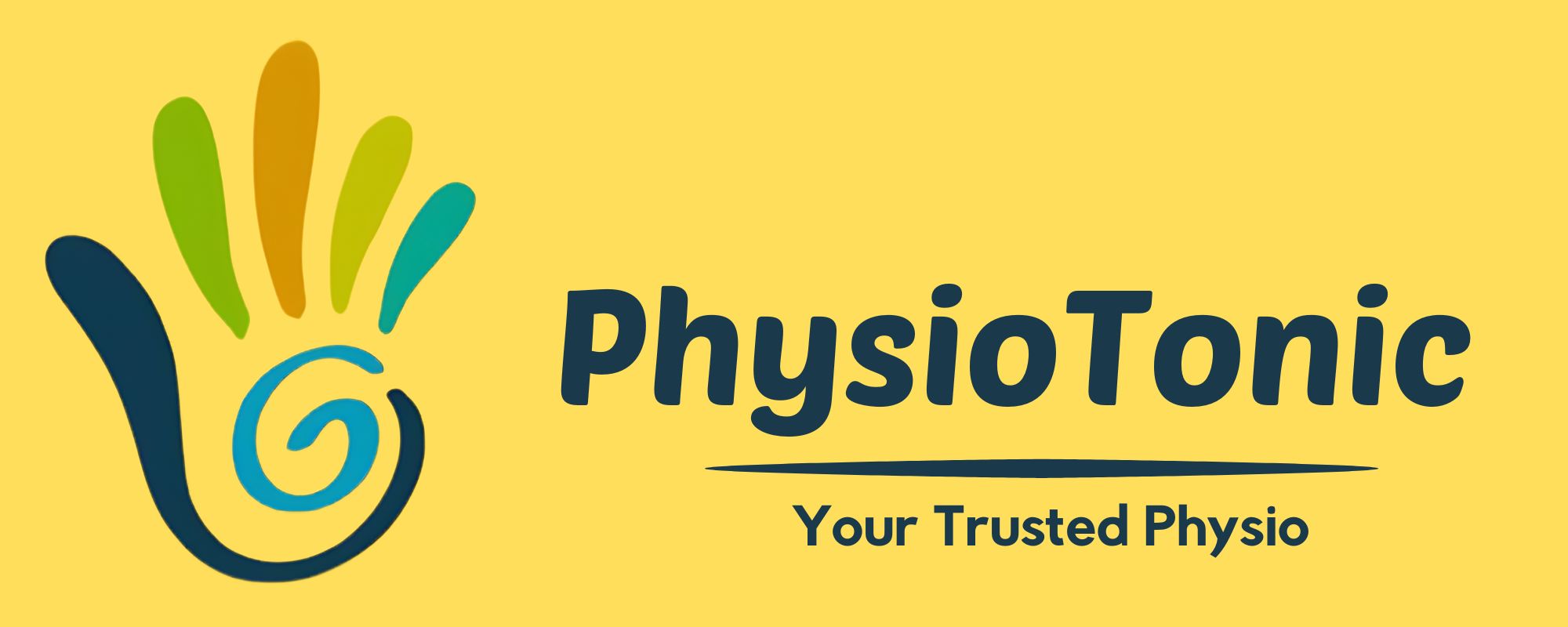Introduction:
Lower back pain is one of the most common health complaints worldwide. In fact, studies show that approximately 80% of adults will experience lower back pain at some point in their lives. Understanding the causes and treatment options for lower back ache is crucial for maintaining your quality of life. At PhysioTonic Physiotherapy Clinic, we specialize in diagnosing and treating various forms of lower back pain. Whether you’re dealing with postural issues, sciatica, tailbone pain, muscle strain, spasms, or disc herniation, we’re here to help.
Understanding Lower Back Ache
Anatomy of the Lower Back
The lower back is a complex structure made up of vertebrae (bones), intervertebral discs (shock absorbers), ligaments (connective tissue), muscles (for movement), and nerves (for sensation and control). Understanding this anatomy helps us pinpoint the exact cause of your pain.
Common Causes of Lower Back Ache
– Postural Issues: Poor posture can lead to chronic lower back pain.
– Sciatica/Nerve Pain: Compression or irritation of the sciatic nerve can cause sharp pain radiating down the leg.
– Tailbone (Coccyx) Pain: Injury or prolonged sitting can cause discomfort in the tailbone area.
– Muscle Strain: Overuse or sudden movements can strain the muscles in your lower back.
– Muscle Spasm: Involuntary contractions of muscles can cause intense pain and stiffness.
– Disc Herniation: A herniated disc can compress nearby nerves causing severe pain.
Section 2: Postural Issues and Lower Back Pain
What are Postural Issues?
Postural issues refer to improper alignment of the spine due to habits like slouching or prolonged sitting. These poor postures put extra stress on the spine and surrounding muscles.
Symptoms of Postural Issues
– Chronic stiffness
– Aching sensation in the lower back
– Fatigue in the muscles
Effective Treatment Options for Postural Issues
– Ergonomic Adjustments: Modifying your workstation to support better posture.
– Physical Therapy Exercises: Targeted exercises to improve posture.
– Strengthening and Stretching Routines: Regular routines to enhance flexibility and strength.
Section 3: Sciatica/Nerve Pain
What is Sciatica?
Sciatica occurs when there is pressure on or damage to the sciatic nerve. This nerve runs from your lower back through your hips and down each leg.
Symptoms of Sciatica:
– Sharp or burning pain radiating down the leg
– Numbness or tingling sensation in the leg
– Weakness in the affected leg
Effective Treatment Options for Sciatica
– Physical Therapy Techniques
– Nerve gliding exercises
– Strengthening exercises for core stability
– Medications
– Pain relievers and anti-inflammatories
– Epidural Steroid Injections: To reduce inflammation around the nerve root.
– Surgical Options: In severe cases, surgery may be needed to relieve pressure on the sciatic nerve.
Section 4: Tailbone (Coccyx) Pain
What is Tailbone Pain?
Tailbone pain, also known as coccydynia, occurs at the very bottom of the spine. It can be caused by trauma, prolonged sitting, or degenerative joint changes.
Symptoms of Tailbone Pain
- Tenderness and aching in the tailbone area
- Increased pain when sitting or leaning back
- Difficulty with movements that put pressure on the tailbone
Effective Treatment Options for Tailbone Pain
- Cushions and Pads: Specially designed cushions to reduce pressure on the tailbone while sitting.
- Physical Therapy Exercises: Techniques to strengthen the muscles around the tailbone.
- Manual Manipulation: Adjustments performed by a physical therapist to alleviate discomfort.
- Pain Relief Medications: Over-the-counter NSAIDs to reduce inflammation and pain.
Section 5: Muscle Strain and Spasms
What are Muscle Strains and Spasms?
Muscle strains occur when muscles are overstretched or torn. Muscle spasms are involuntary contractions that can cause intense pain and stiffness.
Symptoms of Muscle Strains and Spasms
- Sudden onset of sharp pain
- Swelling and bruising in the affected area
- Limited range of motion
- Tightness and knots in the muscles
Effective Treatment Options for Muscle Strains and Spasms
- Rest and Activity Modification: Avoiding activities that exacerbate the pain.
- Ice or Heat Application: Applying ice packs or heating pads to reduce inflammation and relax muscles.
- Physical Therapy Exercises: Strengthening exercises to restore muscle function.
- Pain Relief Medications (NSAIDs): Nonsteroidal anti-inflammatory drugs to alleviate pain.
- Manual Therapy Techniques: Such as massage to relieve tension in the muscles.
Section 6: Disc Herniation
What is Disc Herniation?
Disc herniation occurs when one of the intervertebral discs ruptures or slips out of place, pressing on nearby nerves. This can cause severe lower back pain and other symptoms.
Symptoms of Disc Herniation
- Intense lower back pain
- Radiating pain down the legs (sciatica)
- Numbness or tingling sensation in the affected area
- Weakness in muscles served by affected nerves
Effective Treatment Options for Disc Herniation
- Physical Therapy
- Core strengthening exercises
- Postural training techniques
- Flexibility exercises
- Pain Relief Medications
- NSAIDs
- Muscle relaxants
- Epidural Steroid Injections
- To reduce inflammation around nerve roots.
- Surgical Intervention
- For severe cases where conservative treatments fail, surgery may be necessary to remove part or all of the damaged disc.
Section 7: Preventive Measures for Lower Back Ache
Tips to Prevent Lower Back Pain
- Maintain Good Posture: Ensure your spine is properly aligned when sitting, standing, and lifting objects.
- Regular Exercise: Engage in regular physical activity to strengthen your core muscles, which support the lower back.
- Ergonomic Workstation: Set up your workspace to promote good posture and reduce strain on the lower back.
- Proper Lifting Techniques: Use your legs, not your back, to lift heavy objects. Keep the object close to your body.
- Stay Active: Avoid prolonged periods of inactivity or sitting. Take breaks to stretch and move around.
- Healthy Weight Management: Maintain a healthy weight to reduce excess stress on the lower back.
Conclusion:
Lower back pain can be debilitating and affect every aspect of your life. Understanding the various causes, such as postural issues, sciatica, tailbone pain, muscle strain, spasms, and disc herniation, is essential for effective treatment and prevention. At PhysioTonic Physiotherapy Clinic, we offer comprehensive care tailored to your specific needs. Whether you require ergonomic adjustments, physical therapy exercises, or advanced treatments like epidural steroid injections or surgery, our expert team is here to help you achieve lasting relief.
For more information on how we can help you manage and treat lower back ache, contact PhysioTonic Physiotherapy Clinic today. Your path to a pain-free life starts here.

